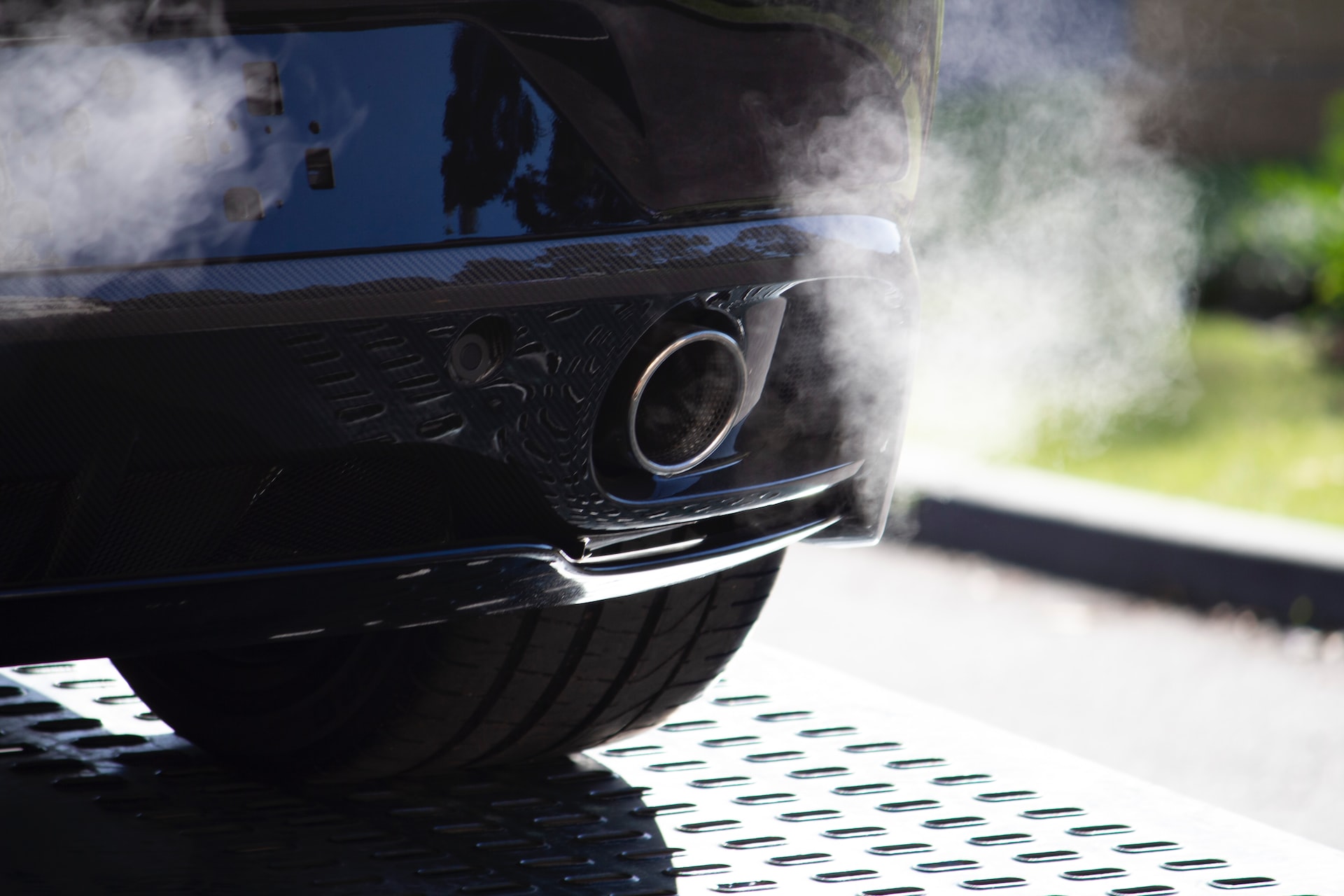What is the O2 (oxygen) sensor's critical role in car/automotive emissions control?
The O2 sensor's critical role in emissions control revolves around its ability to ensure optimal combustion efficiency and reduce harmful pollutants in a vehicle's exhaust gases. Here's how the O2 sensor contributes to emissions control:
Maintaining Stoichiometric Ratio: The O2 sensor helps the engine control unit (ECU) maintain the stoichiometric air-fuel ratio. This ratio is the chemically balanced proportion of air and fuel required for complete combustion. By accurately measuring oxygen levels in the exhaust gases, the sensor provides feedback to the ECU to adjust the air-fuel mixture. This adjustment ensures that the engine is running as close as possible to the stoichiometric ratio.
Minimizing Harmful Pollutants: Operating an engine at or near the stoichiometric ratio allows for the most efficient and complete combustion. This, in turn, minimizes the production of harmful pollutants such as nitrogen oxides (NOx), carbon monoxide (CO), and unburned hydrocarbons (HC).
Optimizing Catalytic Converter Efficiency: The O2 sensor's feedback is crucial for the effective operation of the catalytic converter. The catalytic converter relies on a specific balance of oxygen and pollutants to carry out chemical reactions that convert harmful emissions into less harmful substances, like water vapor, carbon dioxide, and nitrogen gas.
Reducing NOx Emissions: By maintaining an accurate air-fuel ratio, the O2 sensor helps reduce the formation of nitrogen oxides (NOx), which are potent contributors to smog and air pollution. NOx emissions are a concern due to their adverse effects on human health and the environment.
Preventing Rich and Lean Conditions: A malfunctioning O2 sensor can lead to a rich (excess fuel) or lean (insufficient fuel) air-fuel mixture. Both conditions can result in increased emissions and reduced combustion efficiency. The O2 sensor's feedback helps prevent these extremes.
Real-Time Monitoring: The O2 sensor continuously monitors oxygen levels, providing real-time feedback to the ECU. This dynamic adjustment ensures that emissions are controlled across various driving conditions, such as idling, cruising, or acceleration.
Regulatory Compliance: Emissions regulations in many regions require vehicles to meet specific emission standards. Properly functioning O2 sensors play a pivotal role in helping vehicles comply with these standards and pass emissions tests.

In essence, the O2 sensor's critical role in emissions control lies in its ability to regulate the air-fuel mixture for optimal combustion, reduce harmful emissions, and ensure that the catalytic converter operates efficiently. This leads to cleaner air, reduced environmental impact, and compliance with emissions regulations.